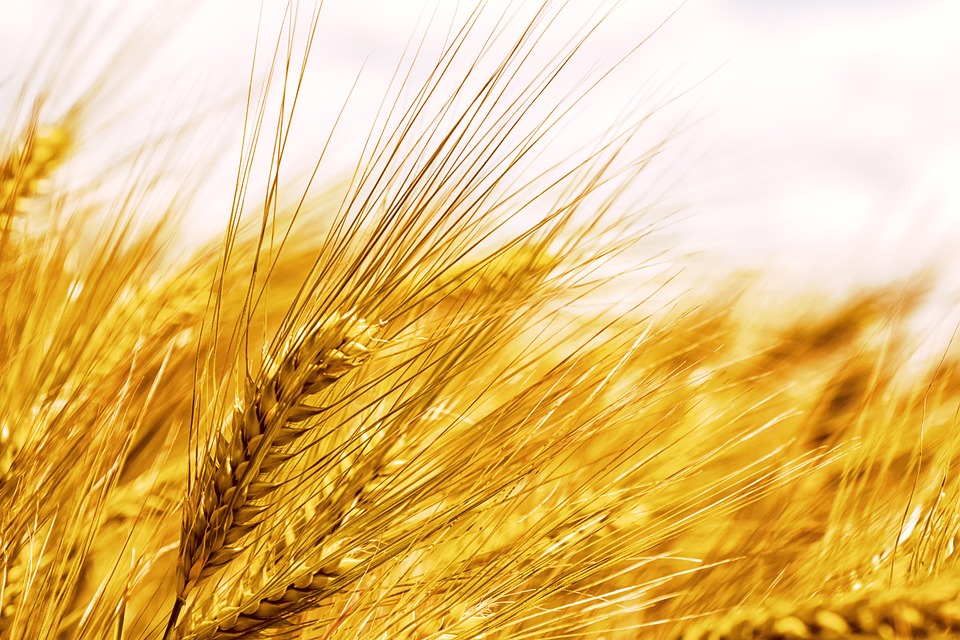Title: Every Fiber Counts: Discovering the Intricate Details of Muscle Actions
Introduction:
When you think about muscles, you might picture them as simple, inert structures that facilitate your movements. However, the complexity within muscle fibers, their count, and the way they work together reveal a remarkable and intricate system. This article will delve into the fascinating world of muscle actions, explaining how each count of fiber contributes to your daily activities, from lifting heavy objects to creating artful calligraphy.
Understanding Muscle Fibers:
Muscle fibers, known as the cells of the muscle, can be divided into three primary types:
1. Slow-twitch fibers (Type I) are designed for endurance activities such as distance running or cycling. These fibers contract more slowly but enjoy prolonged activity, making them suitable for sustained physical efforts.
2. Fast-twitch fibers (Type IIa and IIb/x) are designed for rapid and powerful activities such as sprinting or weightlifting. These fibers contract quickly, exerting maximum force, yet have a limited endurance capacity.
3. Intermediate fibers (Type IIa) are best suited for activities that require both endurance and power, such as middle-distance running or swimming.
How Muscle Fibers Work Together:
Your muscles are composed of both slow-twitch and fast-twitch fibers, which work in tandem to produce the smooth, efficient movements we experience daily. During an activity, a signal from your nervous system prompts the muscle fibers to contract. The fibers recruit one another based on the intensity and duration of the movement, with slow-twitch fibers participating first, then gradually shifting to fast-twitch fibers as the activity escalates.
How Muscle Fiber Count Affects Strength and Endurance:
The number of muscle fibers you have can significantly impact your strength, endurance, and athletic performance. For instance, individuals with more slow-twitch fibers may excel in endurance sports and marathon running, while those with more fast-twitch fibers might excel in power sports like weightlifting or sprinting.
However, muscle fiber distribution is not the sole factor determining your aptitude in various activities. Genetics, training, diet, and other environmental aspects also come into play. Therefore, it is essential to collaborate with a personal trainer or strength and conditioning coach to develop the most suitable workout routine to optimize your muscle fiber potential.
Visual Representation:
Imagine a tapestry of intricate threads, each playing a vital role in creating the grand artwork that is your body’s movements. In that sense, the image of an interwoven fiber-optic web illustrates the complexity of muscle fibers working together.
(Here, a colorful image illustrating muscle fibers weaving together in a harmonious design could be inserted.)
FAQs:
Q: Can muscle fibers change from one type to another?
A: Muscle fibers can transform depending on the type of physical training you undergo. For example, resilient training (such as long-distance running) may mildly convert fast-twitch fibers into slow-twitch fibers, enabling better endurance. Conversely, explosive training (such as high-intensity interval workouts) can boost the fast-twitch fibers’ metabolic, functional, and hypertrophic qualities.
Q: How many muscle fibers do I have in my body?
A: The number of muscle fibers in the human body varies depending on the individual and the specific muscle. Generally, people have more muscle fibers in larger muscle groups like the quadriceps or the glutes than smaller ones like the eye muscles.
Q: How does aging affect muscle fibers?
A: As we age, both the number and efficiency of muscle fibers tend to decline. This reduction in muscle mass and strength is known as sarcopenia, which accounts for diminished physical ability in older adults. Balanced nutritious diet and regular strength training can help delay or combat sarcopenia, enabling us to maintain our muscle fibers’ optimal function for longer.
Conclusion:
Understanding the detailed mechanism of muscle fibers’ actions allows us to appreciate our body in a whole new light. From the count and type of fibers to how they work together, these intricate details truly shape our physical abilities and overall fitness. By learning more about this fascinating subject matter, we can optimize our training strategies, dietary choices, and overall well-being—driving us to strive for our very best, both physically and emotionally. So let’s take a moment to appreciate: Every Fiber Counts!



